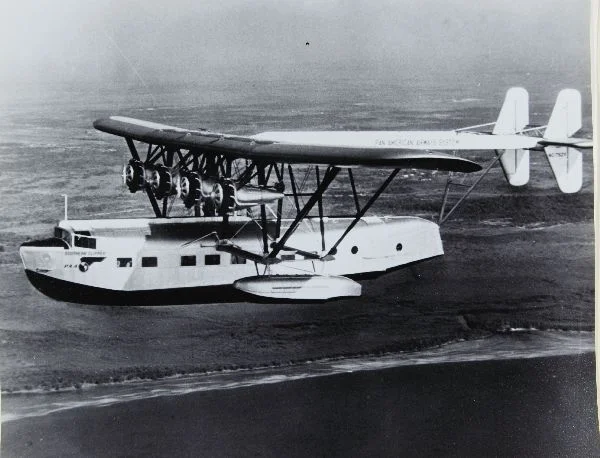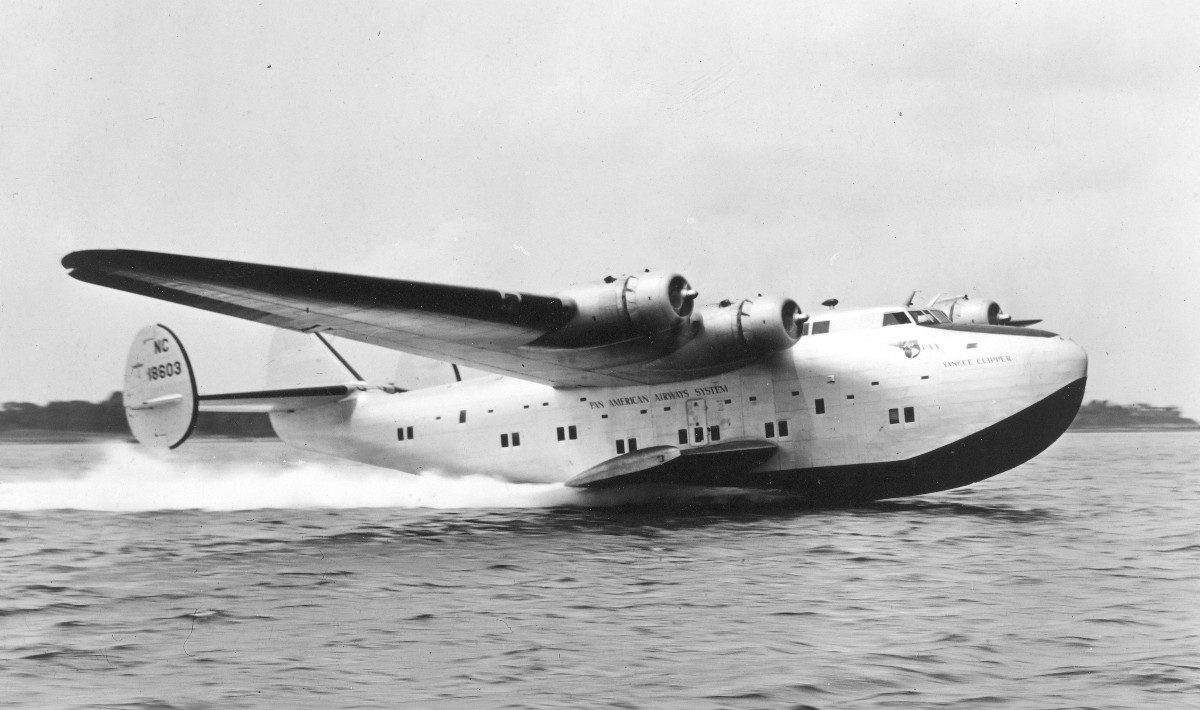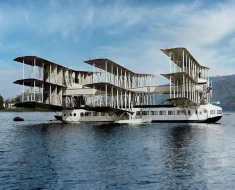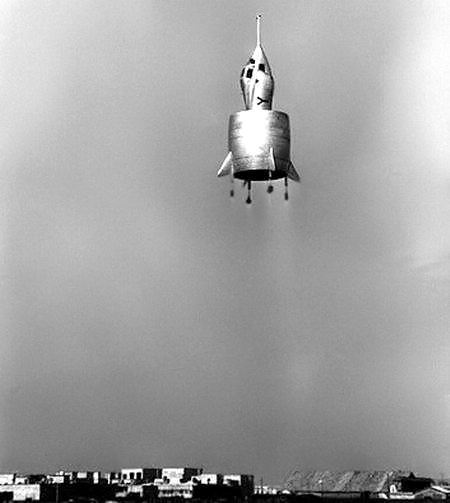The Sikorsky S-40 stands as a testament to early 20th-century engineering prowess and vision. This aircraft not only captured the imagination of the public but also marked a significant leap forward in the design and functionality of passenger air travel.
Contents
Development of the S-40
The design phase of the S-40 involved meticulous planning and a groundbreaking approach to aviation engineering. Sikorsky and his team chose a configuration that included four powerful engines, a choice that significantly enhanced the aircraft’s reliability over long oceanic flights.
This foresight ensured that even in the event of an engine failure, the S-40 could safely continue its journey, a critical consideration given the remote and often treacherous routes it was intended to traverse.
Read More Focke-Wulf Fw 189c was Unique & Obscure
Construction of the S-40 incorporated advanced materials and techniques. The fuselage, a robust structure made of metal, provided the necessary strength to withstand the rigours of long-haul flights, while the use of fabric over parts of the metal frame allowed for a reduction in overall weight.
This strategic use of materials not only enhanced the aircraft’s performance but also its fuel efficiency, a crucial factor for the long distances it was designed to cover.
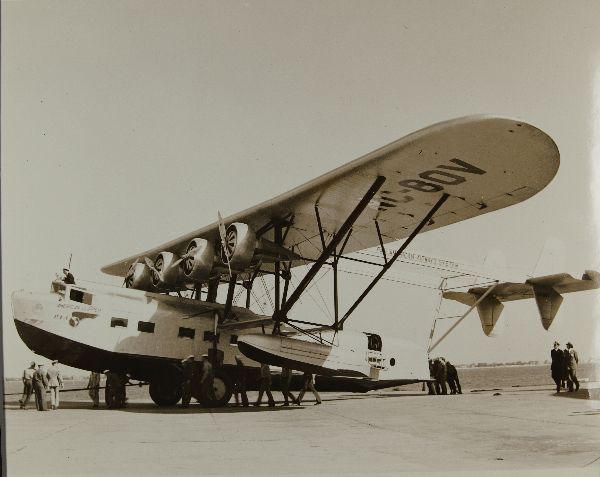
The wings of the S-40, expansive and meticulously engineered, played a pivotal role in its ability to achieve and maintain lift over great distances. The design team devoted considerable attention to the aerodynamics of the wings, ensuring that they offered the optimal balance between lift and stability.
This attention to detail extended to the selection of the engines. The choice of four engines, strategically placed on the wings, provided a level of redundancy that greatly enhanced the safety and reliability of the aircraft.
The Cabin
Inside the cabin, Sikorsky’s vision for passenger comfort came to life. The interior of the S-40 was unlike anything seen in aircraft design up to that point. It offered spacious seating, luxury amenities, and large windows that provided passengers with breathtaking views of the landscapes and oceans below.
This focus on passenger experience signalled a new era in air travel, where the journey itself became a part of the allure of distant destinations.
Throughout its development, the Sikorsky S-40 represented a collaborative effort between Sikorsky Aircraft and Pan American World Airways. Pan Am’s involvement was not just as a customer but as a partner in envisioning the future of international air travel. This partnership underscored the commercial potential of the S-40.
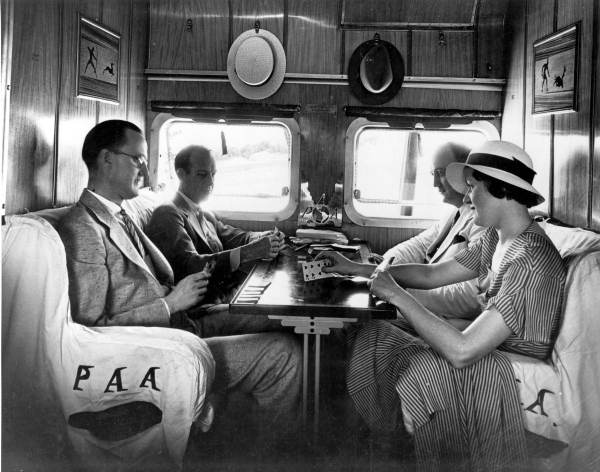
Operational History
The Sikorsky S-40 commenced its operational journey with Pan American World Airways, embarking on an era that would forever change the face of international commercial aviation.
This aircraft, with its innovative design and capabilities, enabled Pan Am to pioneer routes that connected the Americas with unprecedented efficiency and reliability. The S-40’s maiden voyage symbolised the dawn of a new age in air travel, where distances shrank and the world’s remote corners became accessible.
Read More: Breguet 460 Vultur Interwar Bomber
Pan American World Airways, recognising the potential of the Sikorsky S-40, deployed this remarkable aircraft to spearhead its expansion into Latin America and the Caribbean.
The introduction of the S-40 allowed Pan Am to offer services that bridged vast bodies of water, linking islands and continents with a speed and comfort previously unimaginable. The aircraft quickly became a cornerstone of Pan Am’s fleet, embodying the airline’s vision for a connected world.
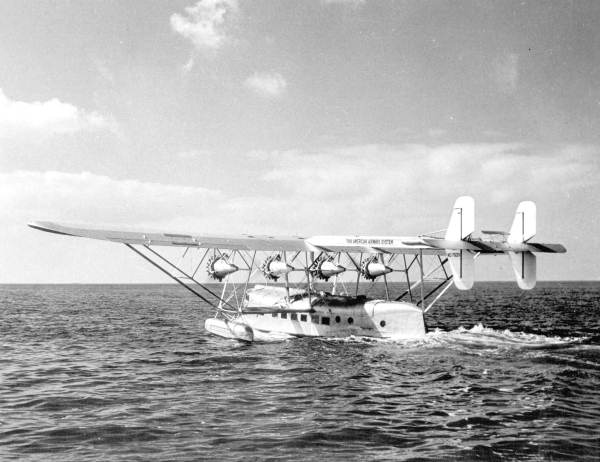
The routes flown by the S-40 often traversed challenging and unpredictable environments, from tropical storms in the Caribbean to the rugged landscapes of South America. Yet, the aircraft’s robust design and reliable engines ensured that it could navigate these difficulties with grace.
The S-40’s ability to land on water significantly expanded its operational flexibility, allowing it to serve destinations lacking traditional runways. This capability proved invaluable in reaching isolated locations, thereby fostering connectivity and promoting international tourism.
The operational history of the Sikorsky S-40 also reflects its role in pioneering airmail services between the Americas. The aircraft’s capacity to carry significant loads over long distances made it an ideal choice for transporting mail, thereby accelerating communication across continents.
This aspect of the S-40’s operations played a crucial role in the development of global air mail services, further cementing the aircraft’s legacy in aviation history.
The S-42
Pan American World Airways identified the need for an aircraft that could exceed the S-40’s performance, particularly in terms of range, speed, and passenger capacity. This ambition set the stage for the development of the S-42, an aircraft that would not only build upon the strengths of the S-40 but also introduce groundbreaking improvements.
Read More Republic XF-103, a 1950s Advanced Interceptor
Igor Sikorsky and his team embarked on the design of the S-42 with a clear objective: to create the world’s most advanced flying boat.
The design process involved a thorough analysis of the S-40’s operational experiences, identifying areas for enhancement such as aerodynamic efficiency, engine performance, and structural integrity. The team’s commitment to pushing the limits of technology and design was evident in every aspect of the S-42’s development.

Even More Advanced
Firstly, one of the most remarkable advancements in the S-42 was undeniably its aerodynamic design. Through the employment of groundbreaking techniques, Sikorsky’s engineers managed to streamline the aircraft’s shape significantly.
This endeavour not only reduced drag but also enhanced fuel efficiency. Such improvements were primarily the result of more sophisticated wing designs coupled with a more streamlined fuselage, which collectively elevated the S-42’s performance to superior levels.
Furthermore, the S-42 proudly showcased an increase in power, attributable to its upgraded engines. These more robust engines did not merely facilitate higher top speeds; they also bolstered the aircraft’s reliability over extended flights.
This particular advancement was pivotal in fulfilling Pan Am’s ambitious vision of knitting distant continents together through direct flights, effectively making the globe a more interconnected space.
Moreover, from a structural standpoint, the S-42 marked a significant progression. The adoption of novel materials and construction methodologies yielded an aircraft that was simultaneously lighter and more robust than its forerunner.
This enhanced structural integrity proved crucial for withstanding the challenges of transoceanic voyages, where the paramount importance of safety and reliability could not be overstated.
Read More The Photoflash Bombs that Illuminated Cities
The interior of the S-42 underwent a transformation as well, offering even greater levels of comfort and luxury. Sikorsky and Pan Am understood that the experience of air travel was as important as the technical capabilities of the aircraft.
The S-42’s cabin featured enhancements that set new standards in passenger comfort, including more spacious seating, improved amenities, and larger windows for panoramic views of the sky and sea.

